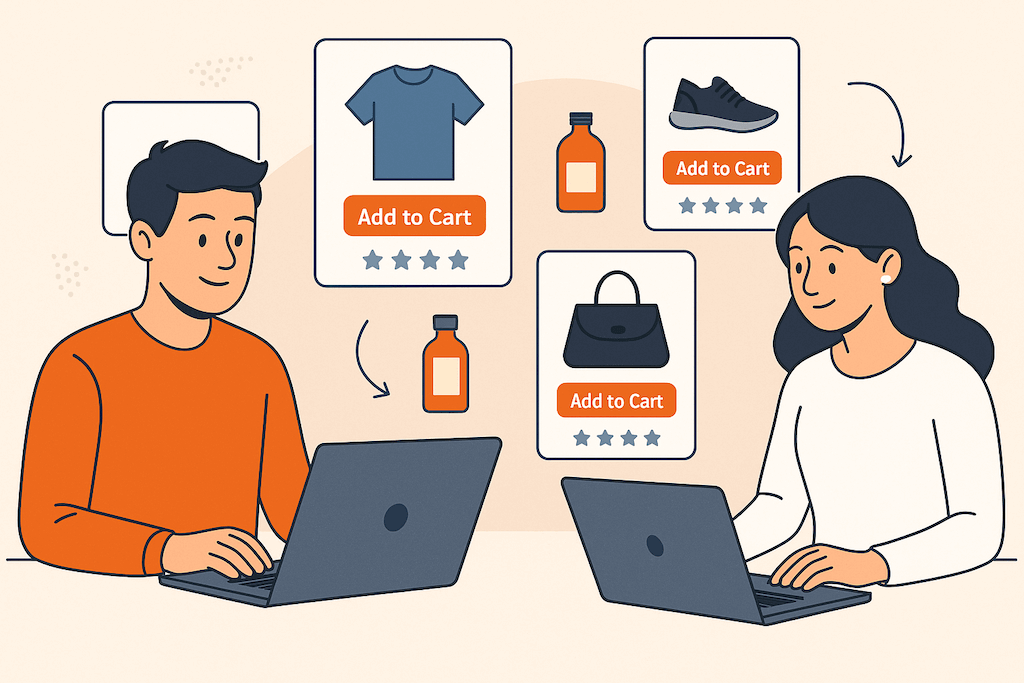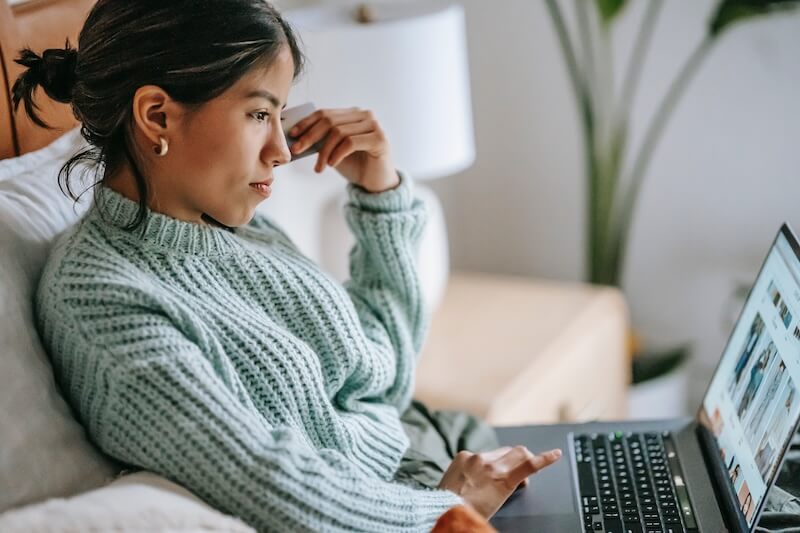Conversion Rate Optimization (CRO) is a crucial aspect of any online business that aims to maximize its potential revenue. The process involves optimizing various elements on a website or digital platform to encourage visitors to take desired actions, such as making a purchase, signing up for a newsletter, or requesting more information. One of the most effective ways to improve CRO is through recording sessions. In this article, we will delve into the world of recording sessions for optimizing Conversion Rate Optimization, exploring what it is, its benefits, and how to leverage this powerful tool to enhance the performance of your online business.
What are Recording Sessions for CRO?
Recording sessions for CRO involves capturing and analyzing user interactions on a website or app to gain valuable insights into user behavior, preferences, pain points, and engagement patterns. This process is typically done using specialized software that records user sessions, including mouse movements, clicks, scrolling behavior, and keyboard inputs. With this data, businesses can identify areas of improvement and optimize their user experience to enhance conversion rates.
Benefits of Recording Sessions for CRO
- Real User Behavior Insights: Unlike traditional analytics data, which offers an overview of user interactions, recording sessions provide a granular view of how real users engage with your website. This level of detail is invaluable for understanding user behavior and identifying friction points that hinder conversions.
- Unbiased Feedback: Recording sessions offer an unbiased look at how users navigate your website. This direct feedback allows you to comprehend how users genuinely interact with your interface, giving you real-world insights that go beyond assumptions or expectations.
- Identifying Usability Issues: CRO recording sessions are instrumental in spotting usability issues that users may encounter during their journey. Elements like confusing navigation, broken links, or non-intuitive forms can be easily detected and resolved, leading to a smoother user experience.
- A/B Testing Validation: A/B testing is a popular CRO technique to compare two different versions of a page and determine which performs better. By analyzing recording sessions, you can verify the results of A/B tests and understand why one version outperforms the other, guiding future optimization efforts.
- Conversion Funnel Optimization: Recording sessions help identify drop-off points in the conversion funnel. By studying user behavior at each stage, businesses can optimize the funnel and reduce friction, increasing the likelihood of successful conversions.
- Personalization Opportunities: Analyzing recording sessions allows businesses to gain insights into individual user preferences and tailor experiences accordingly. Personalization can significantly enhance user satisfaction and conversion rates.
Implementing Recording Sessions for CRO
- Selecting the Right Tools: To start recording sessions, you need to choose the right software or tool that suits your needs. There are several reputable options available, such as such as LuckyOrange, HotJar or Microsoft Clarity (completely free), each offering different features and capabilities. Consider factors like cost, data storage, and ease of integration before making your choice.
- Defining Objectives and Metrics: Before conducting recording sessions, outline your CRO objectives and the metrics you aim to improve. Common CRO metrics include conversion rate, bounce rate, time on page, and cart abandonment rate. Having clear goals will help you focus on the areas that require optimization.
- Creating User Segments: Depending on the size and complexity of your website, it may be beneficial to segment users into different groups based on demographics, traffic source, or behavior. This segmentation enables you to analyze specific user segments separately and uncover insights that might be missed in aggregated data.
- Respecting User Privacy: It’s essential to obtain proper consent from users before recording their sessions. Ensure that your recording tool complies with privacy regulations and provides options for users to opt-out if they don’t want their sessions recorded.
- Analyzing Recording Sessions: As recording sessions generate vast amounts of data, it’s crucial to have a structured approach to analysis. Look for common patterns, repeat behavior, and points of frustration. Pay attention to user feedback, such as verbalized thoughts and emotions, to gain deeper insights into their experience.
- Collaboration and Feedback: Share the recorded sessions and insights with your team, including designers, developers, and marketers. Encourage open discussions and brainstorming sessions to come up with actionable solutions to the identified issues.
Best Practices for Recording Sessions
- Focus on Key Pages: To make the most of your recording sessions, concentrate on high-impact pages that contribute significantly to conversions. Landing pages, checkout pages, and product pages are typically the most crucial areas to prioritize.
- Monitor Mobile Users: With the increasing prevalence of mobile browsing, it’s essential to record sessions from mobile users as well. Mobile interactions can differ significantly from desktop, and understanding these nuances can help improve mobile conversions.
- Track Form Interactions: Forms are critical points of conversion on websites, and tracking user interactions within forms can reveal valuable insights. Identify which form fields cause friction and optimize them to reduce drop-offs.
- Add Behavior Tags or Labels: Applying behavior tags or labels can provide actionable insights into the user journey, segmenting visitor sessions based on specific behaviors or actions. This granular approach facilitates better decision-making, enabling to pinpoint successful elements of the website and identify areas of potential improvement.
- Utilize Heatmaps and Clickmaps: In addition to recording sessions, using heatmaps and clickmaps can provide visual representations of user behavior. Heat-maps show which areas of a page receive the most attention, while clickmaps reveal where users click the most.
- Regularly Review and Update: CRO is an ongoing process. Regularly review and analyze recording sessions to stay up-to-date with user behavior changes and to address emerging issues.
Recording sessions for optimizing Conversion Rate Optimization is an essential technique for businesses seeking to enhance their online performance. By gaining real user insights, identifying usability issues, and validating A/B tests, recording sessions offer a comprehensive view of user behavior. With the right tools, objectives, and analytical approach, businesses can unlock the full potential of their digital platforms, leading to improved conversion rates, increased revenue, and ultimately, a more satisfied customer base. Embrace the power of recording sessions for CRO, and your online business will be poised for success in the ever-evolving digital landscape.
As a full-service web design agency Cultura Interactive understands the importance of Conversion Rate Optimization to get your clients to subscribe or purchase from your eCommerce website. We leverage data to optimize your online storefront so you can increase your conversion rates and drive growth for your business.
Shopify and WooCommerce have recently vetted our organization as a company that upholds their high standards for their clients. Let us take yours to the next level by contacting us today for a free consultation.



